20 Things to Never Put in a Microwave
Microwaves are a staple in most kitchens, offering a quick way to heat meals and snacks. However, certain items should never be put in a microwave. Here are 20 things to avoid and what to do instead.
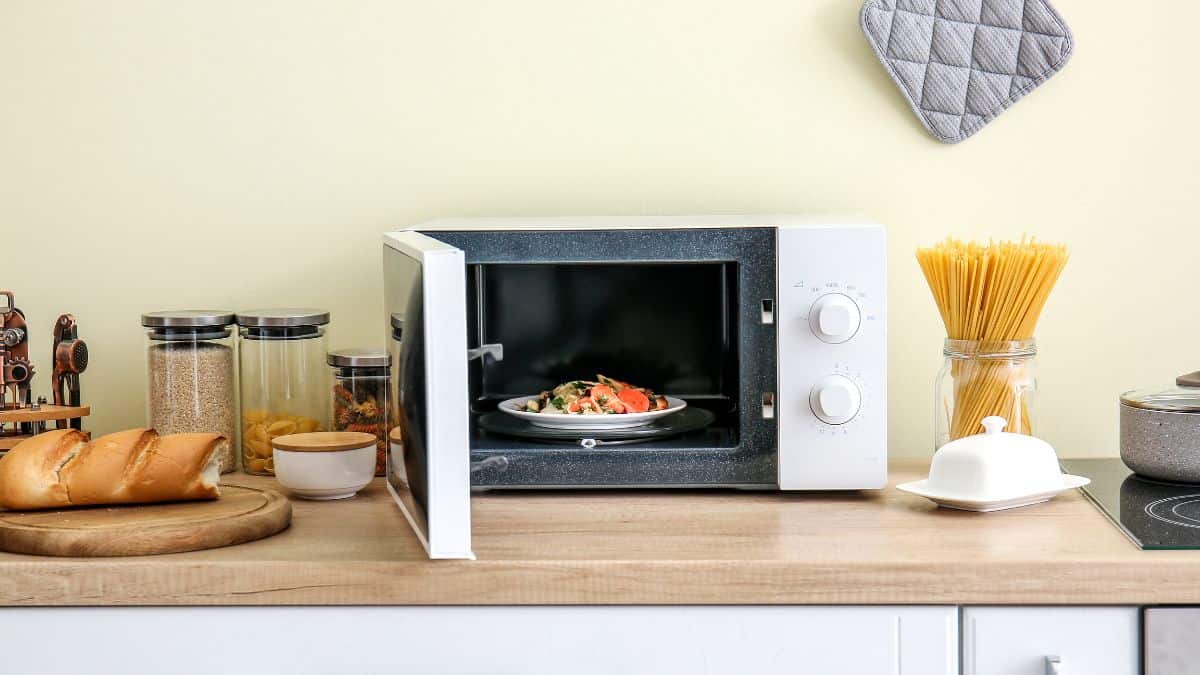
Metal Objects
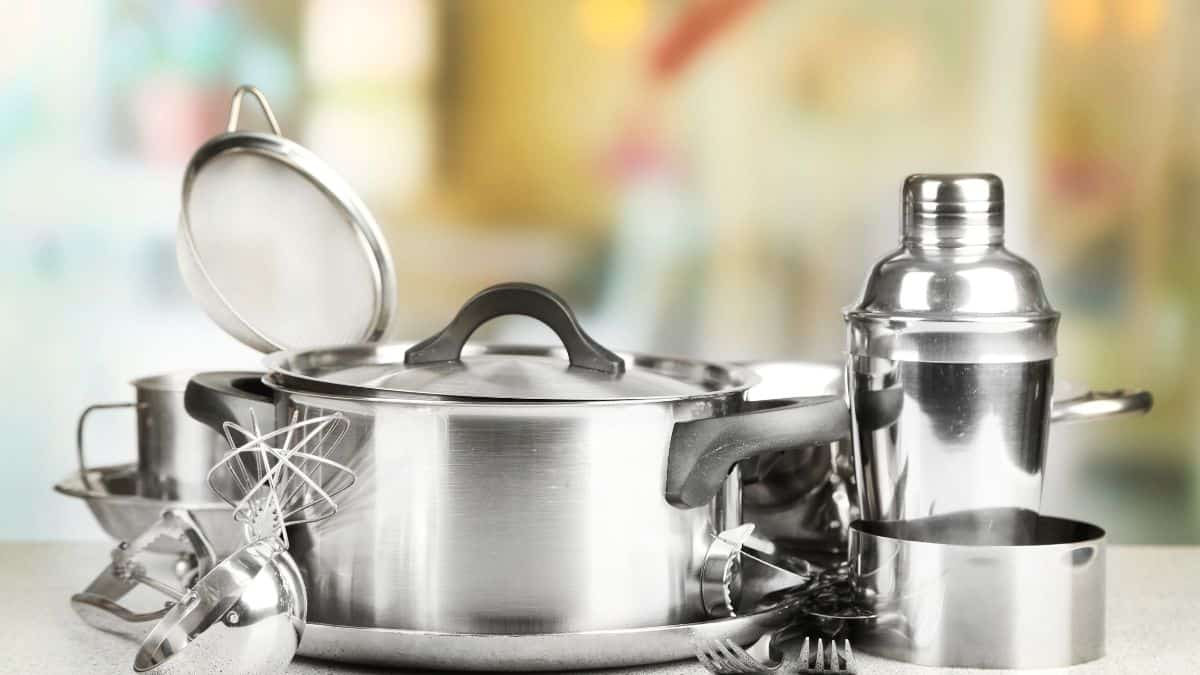
Metal can cause sparks or start a fire in your microwave. This includes aluminum foil, utensils, and takeout containers with metallic trim. Instead, use microwave-safe glass or ceramic containers.
Eggs in Shells
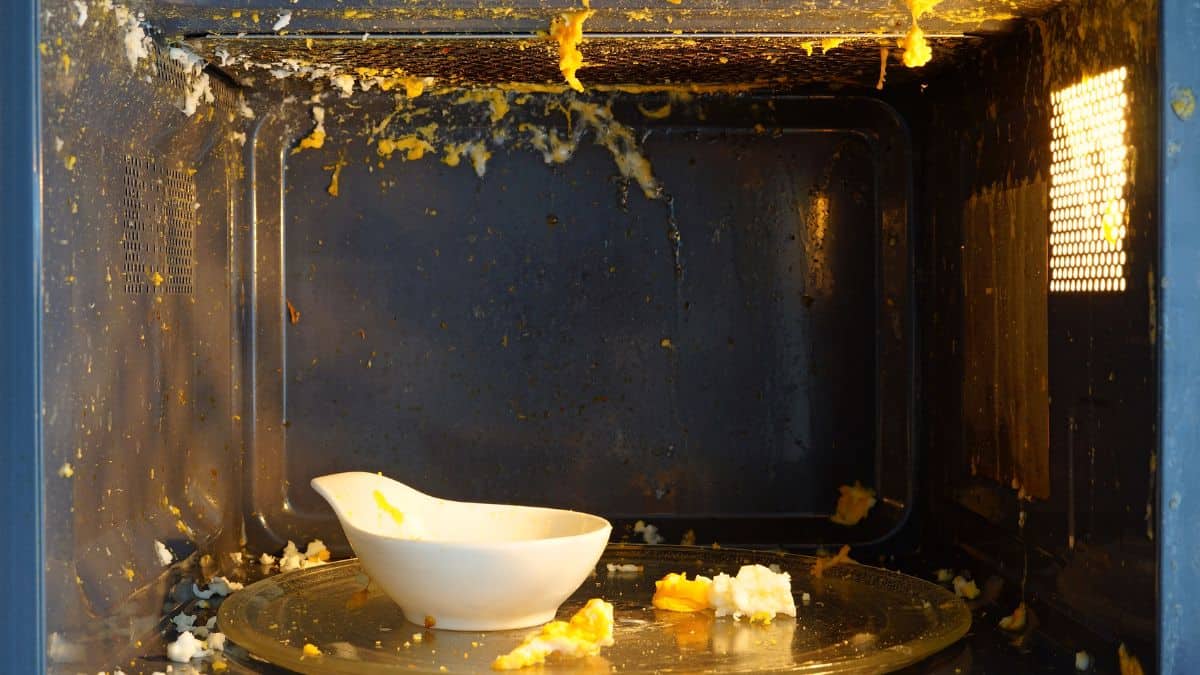
Microwaving eggs in their shells can cause them to explode, making a big mess and potentially damaging your microwave. Instead, pierce the eggshell or cook the egg outside the shell.
Fried Foods

Microwaving fried foods can make them soggy and cause them to lose their crispy texture. Instead, reheat them in an oven or air fryer to maintain their crunch.
Hot Peppers
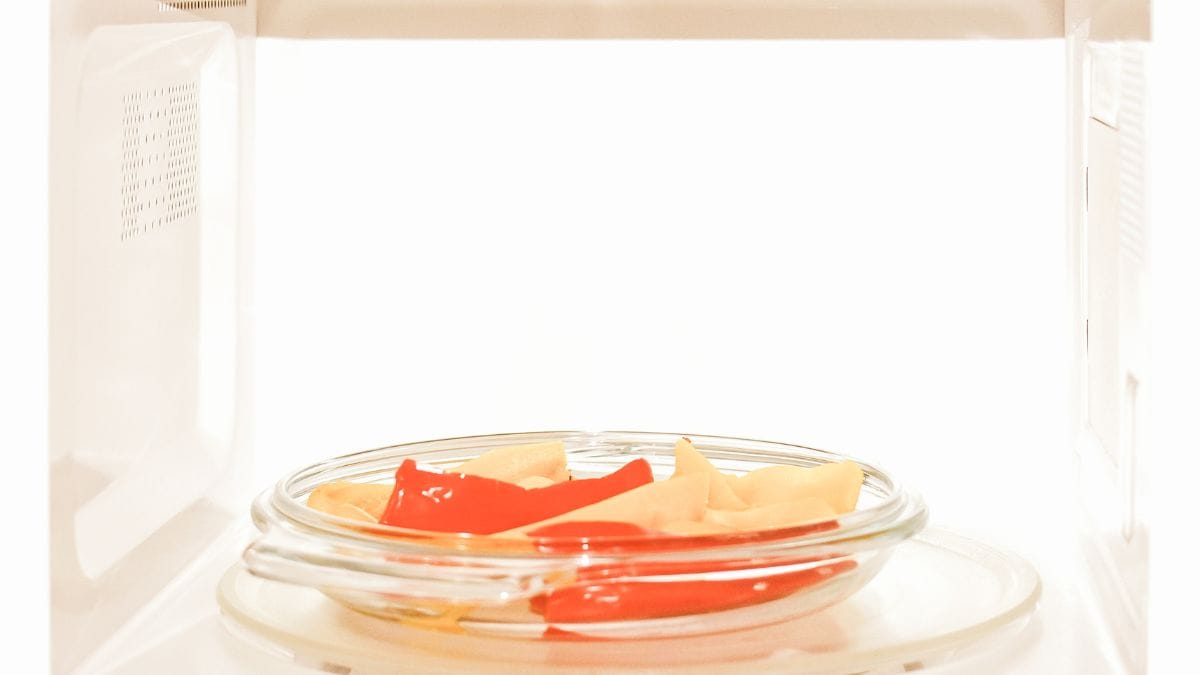
Heating hot peppers in the microwave can release capsaicin, the compound that makes them spicy, into the air, which can irritate your eyes and throat. Instead, heat peppers on the stove with proper ventilation.
Potatoes Without Poking Holes
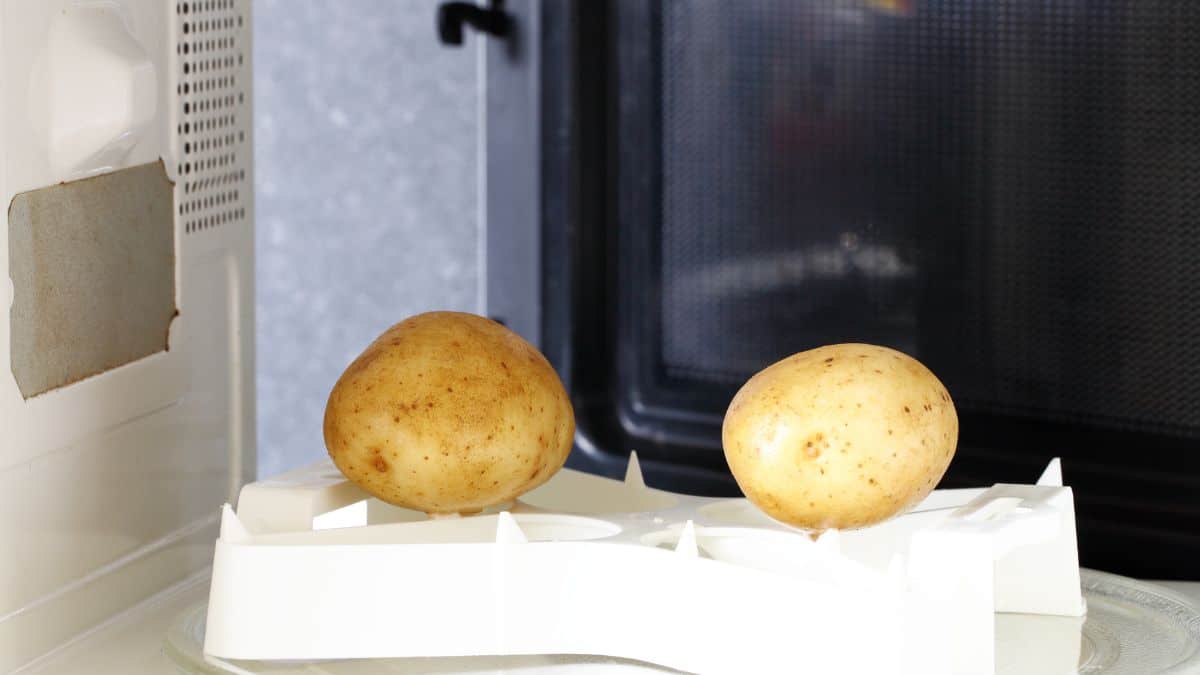
While microwaving potatoes is a common practice, doing so without poking holes in them can cause them to explode due to steam buildup. Instead, pierce the potato skin with a fork before microwaving.
Sauce or Dip Without a Cover
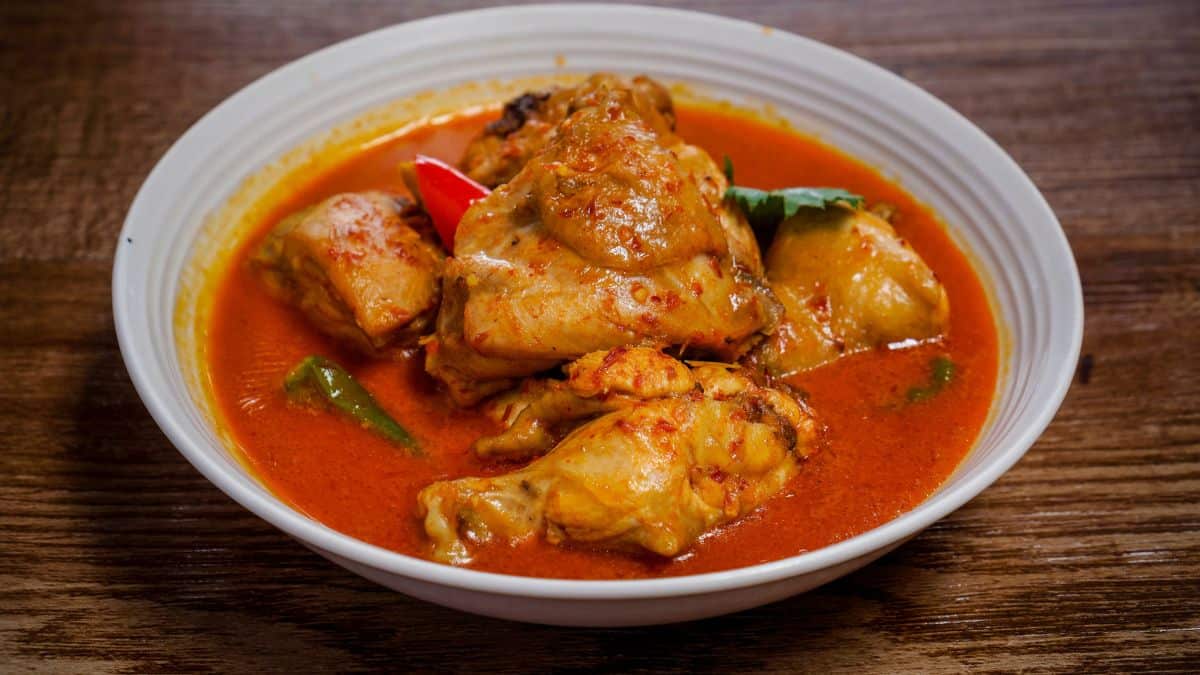
Microwaving sauce or dip without a cover can cause it to splatter all over the inside of your microwave, creating a mess that’s difficult to clean. Instead, cover the dish with a microwave-safe lid or microwave-safe plastic wrap.
Nothing

Running a microwave empty can cause serious damage because there’s nothing to absorb the microwaves. This can lead to the microwave’s components overheating and potentially breaking. Instead, always ensure there is something in the microwave when you turn it on.
Frozen Meat
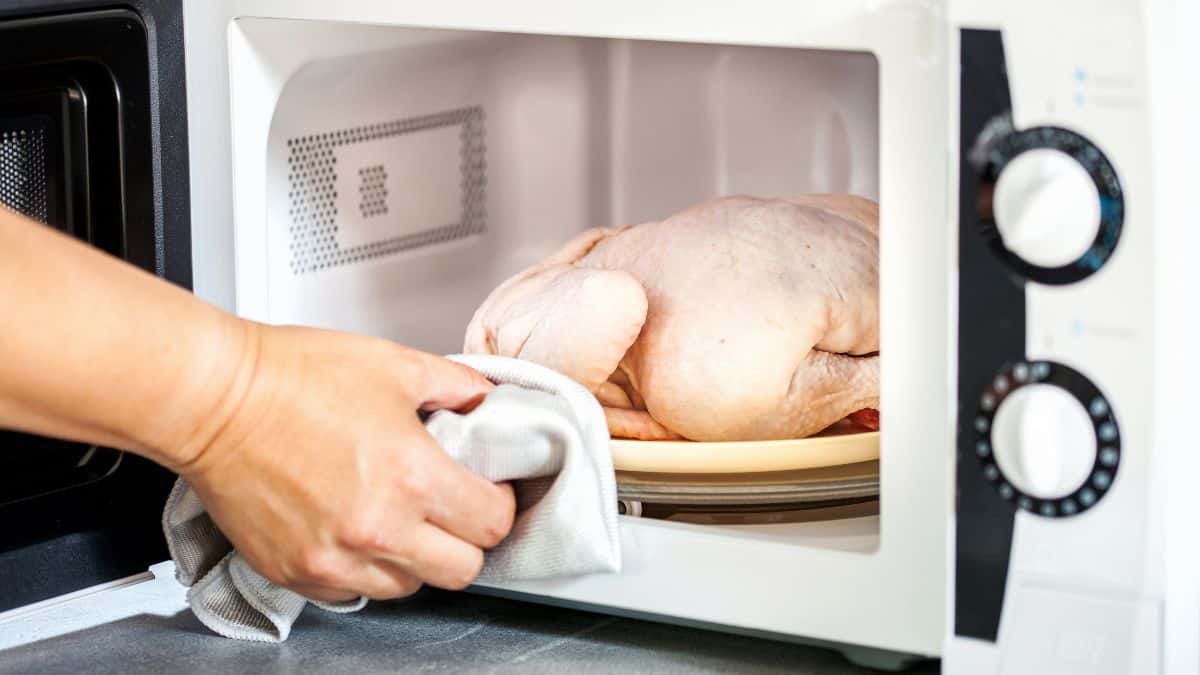
Microwaving frozen meat can cook the outer edges while leaving the inside raw, leading to uneven cooking. Instead, thaw meat in the refrigerator or use the defrost setting carefully.
Whole Fruits
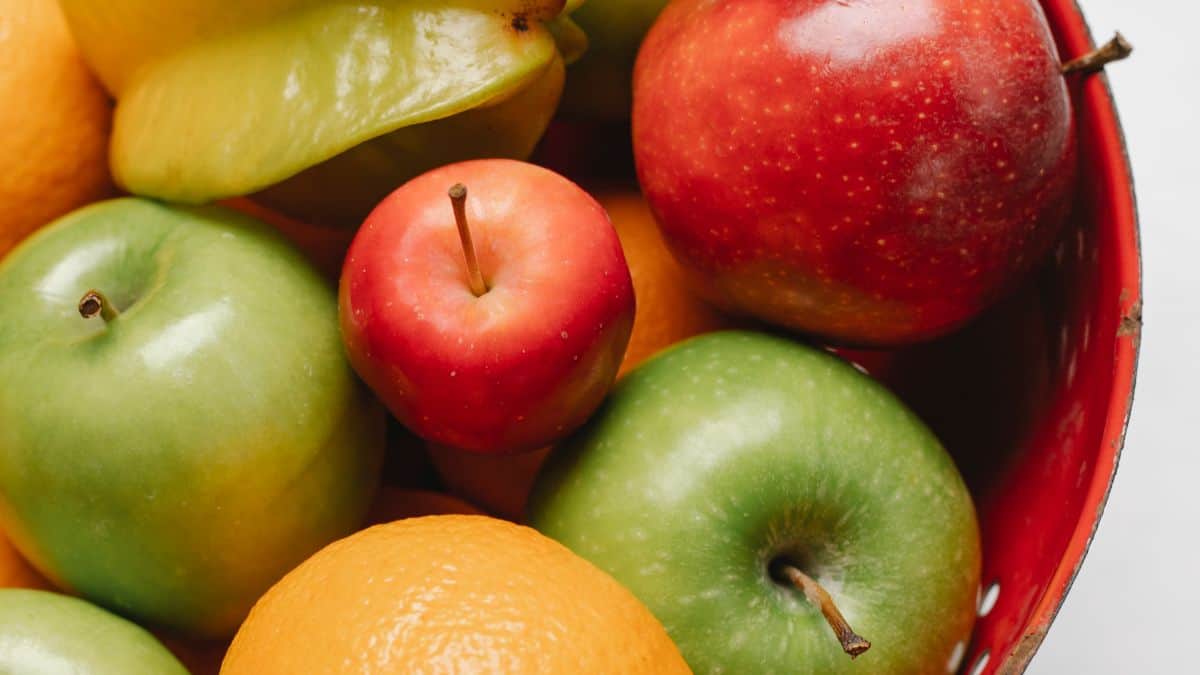
Whole fruits can explode in the microwave due to the buildup of steam inside their skins. Not only that, but they will also lose their taste and texture.
Canned Food in Their Cans
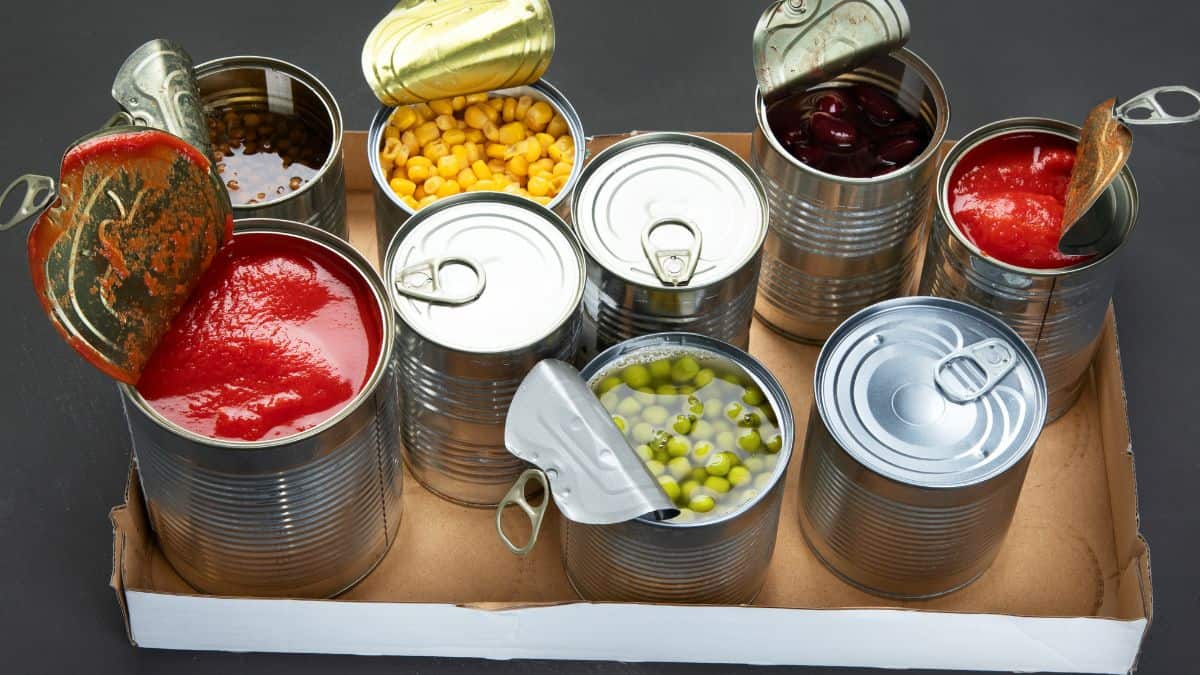
Heating canned food in its metallic can cause overheating and potentially exploding. Instead, transfer the contents to a microwave-safe bowl before heating.
Breast Milk
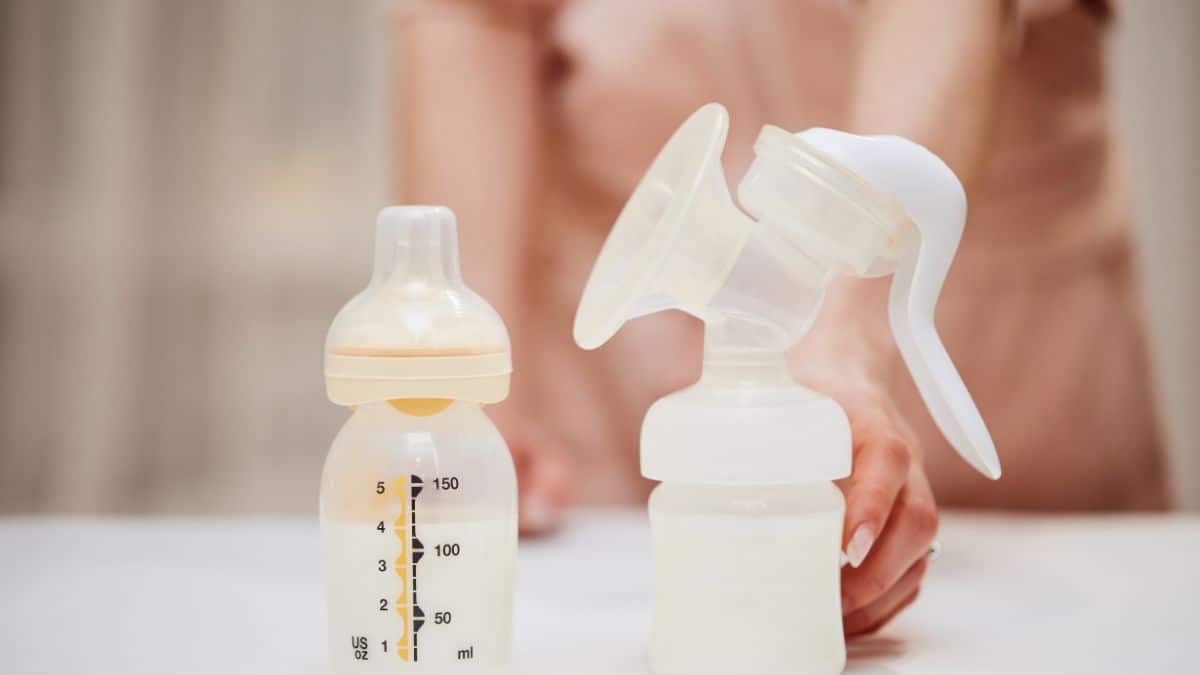
Heating breast milk in the microwave can create hot spots that can scald your baby. Instead, thaw and warm breast milk using warm water or a bottle warmer.
Paper Bags
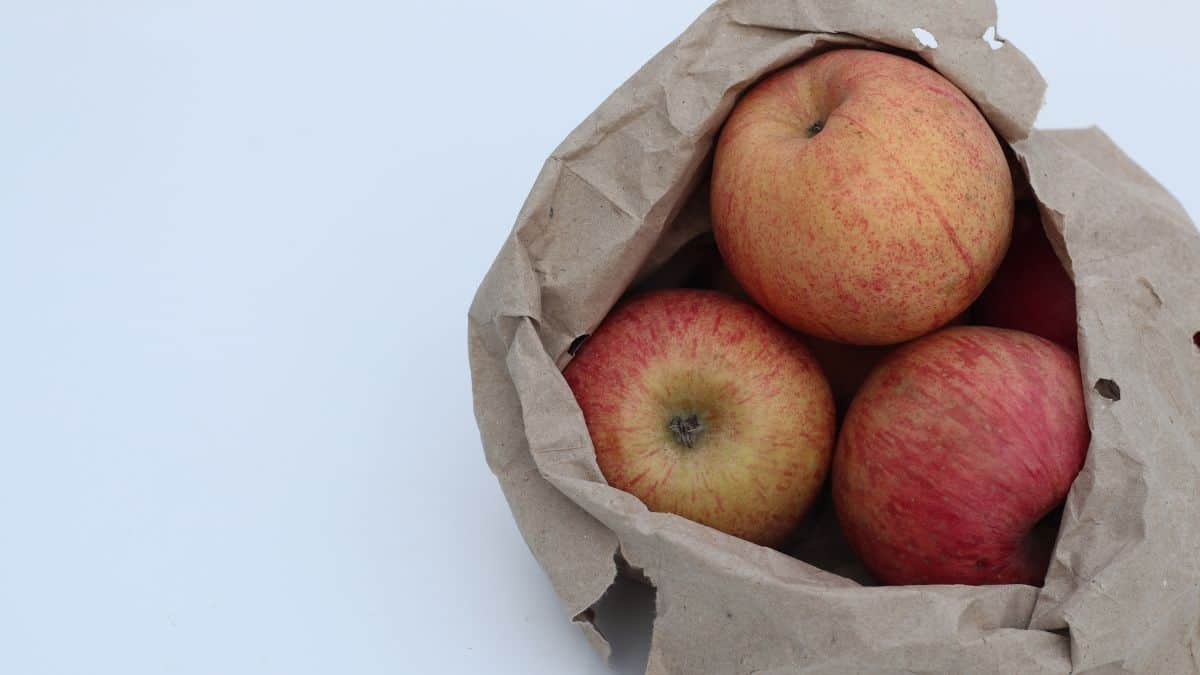
While it might seem like a good idea to reheat your takeout in the bag it came in, paper bags can release toxins and catch fire. Instead, transfer the food to a microwave-safe plate.
Plastic Containers That Are Not Marked Microwave-Safe
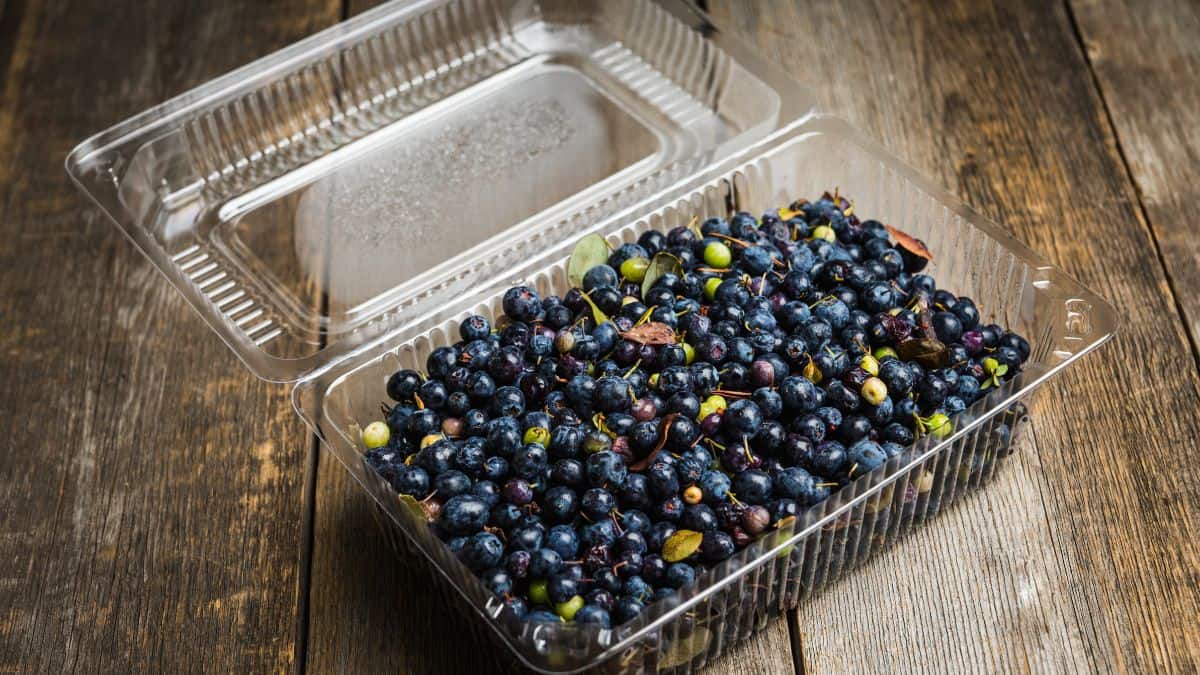
Not all plastics are microwave-safe. Containers that aren’t labeled as microwave-safe can melt or release harmful chemicals into your food. Instead, use containers that are explicitly labeled as microwave-safe.
Travel Mugs
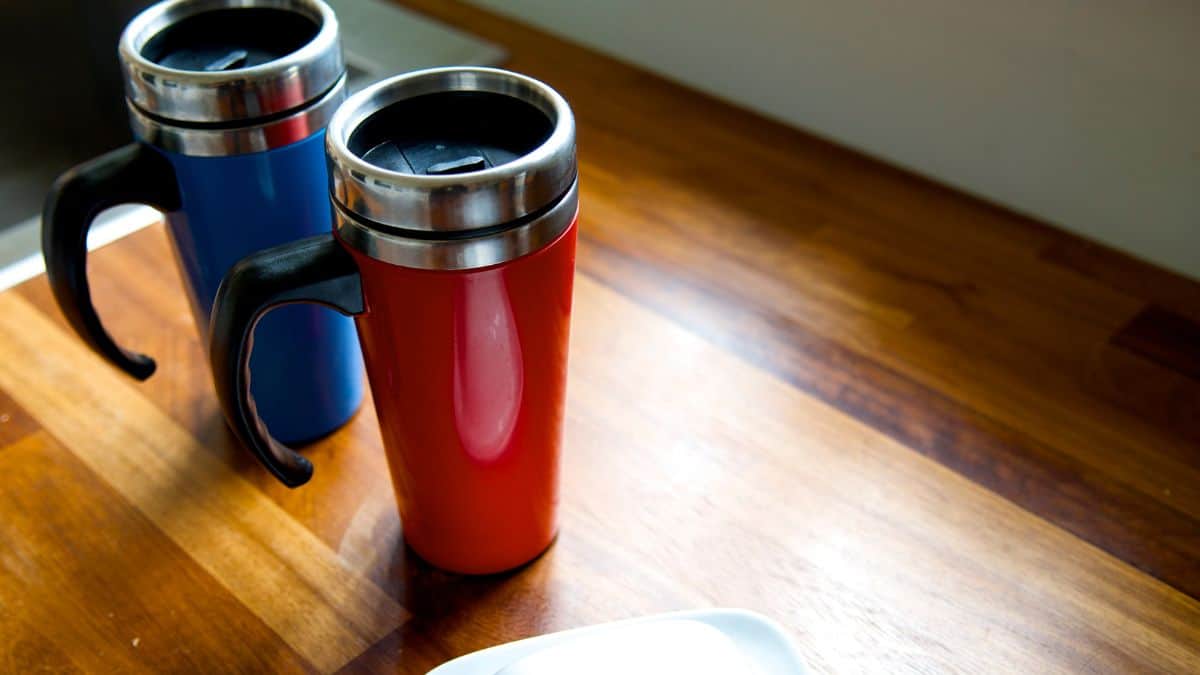
Travel mugs are usually made of stainless steel or plastic, both of which can be problematic in the microwave. Metal can cause sparks, and plastic can leach chemicals into your drink. Instead, pour your drink into a microwave-safe mug before heating.
Yogurt or Butter Containers

These containers are not designed for high heat and can release harmful chemicals or melt, contaminating your food. Instead, transfer the contents to a microwave-safe dish before microwaving.
Grapes

Microwaving grapes can cause them to superheat and create plasma, which can damage your microwave. Instead, eat them fresh or chill them in the refrigerator.
Non-Microwaveable Plastic Wrap
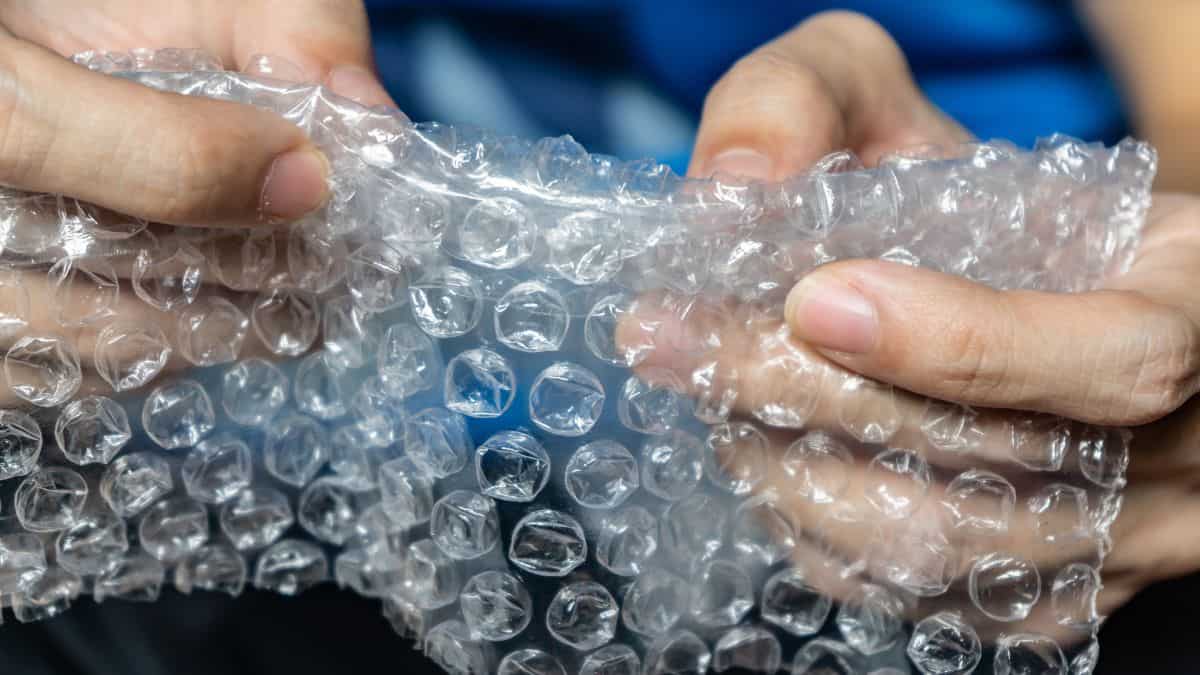
Regular plastic wrap can melt and release harmful chemicals into your food. Instead, use microwave-safe covers or microwave-safe plastic wrap.
Chinese Takeout Containers
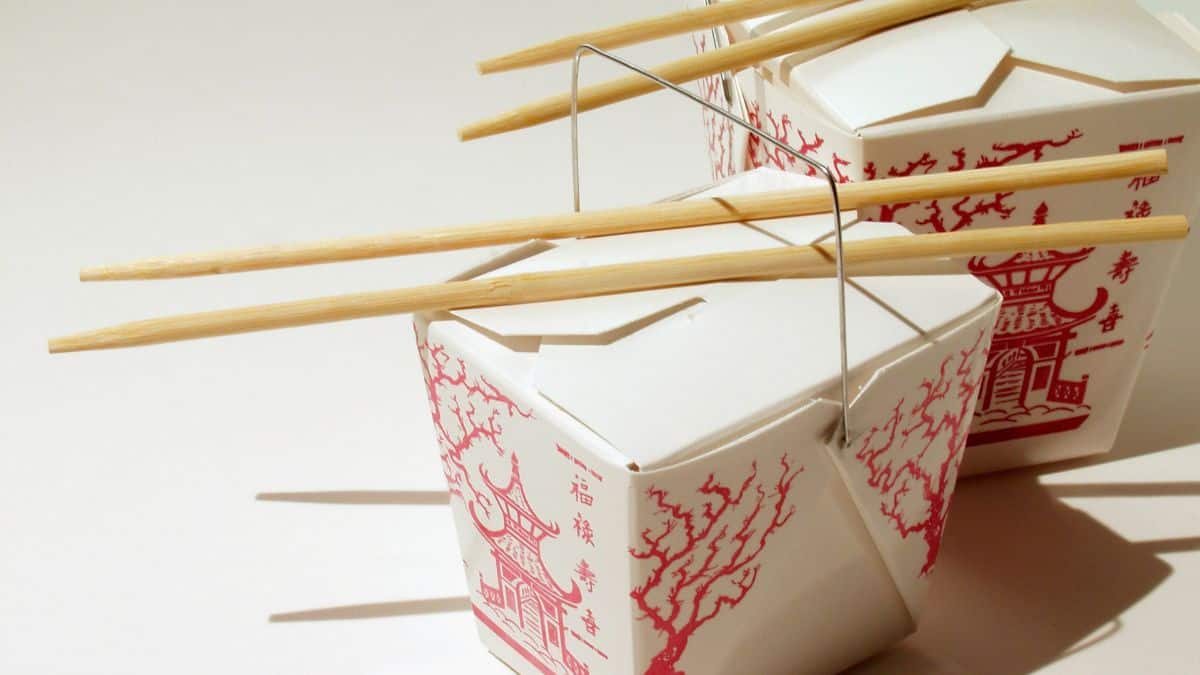
These containers often have metal handles that can spark and cause a fire in the microwave. Instead, transfer your food to a microwave-safe dish.
Uncovered Liquids
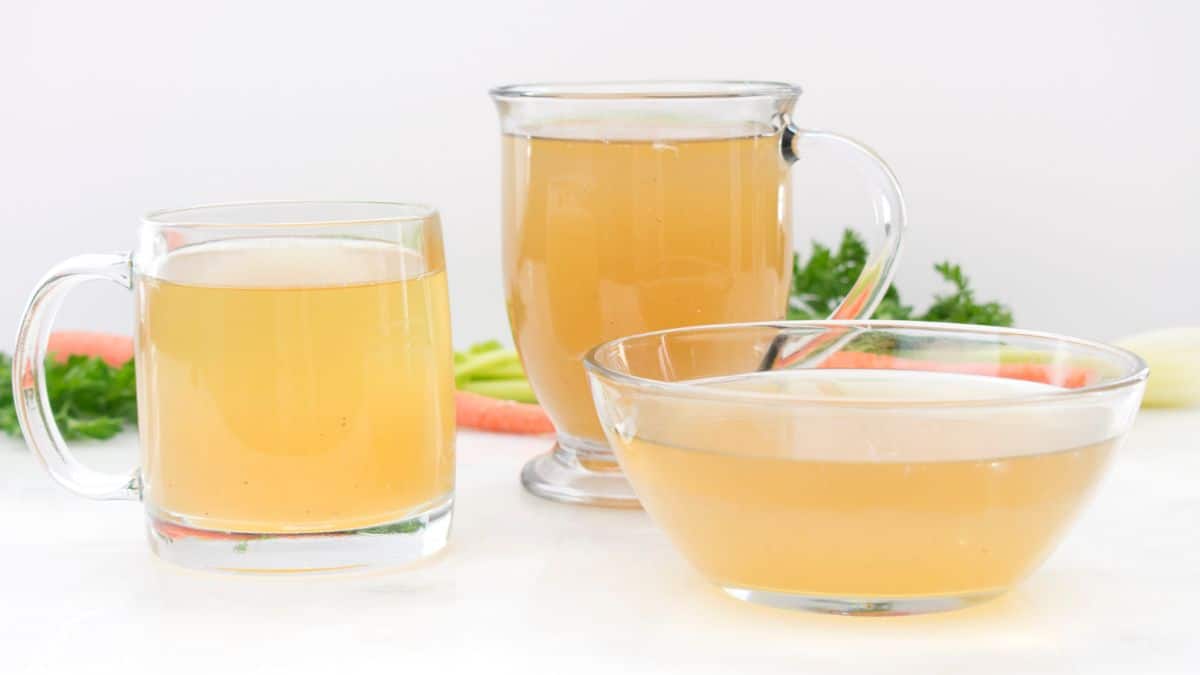
Uncovered liquids can superheat and then explode when moved or disturbed, posing a burn hazard. Instead, cover the container with a microwave-safe lid or wrap to allow steam to escape safely.
Styrofoam
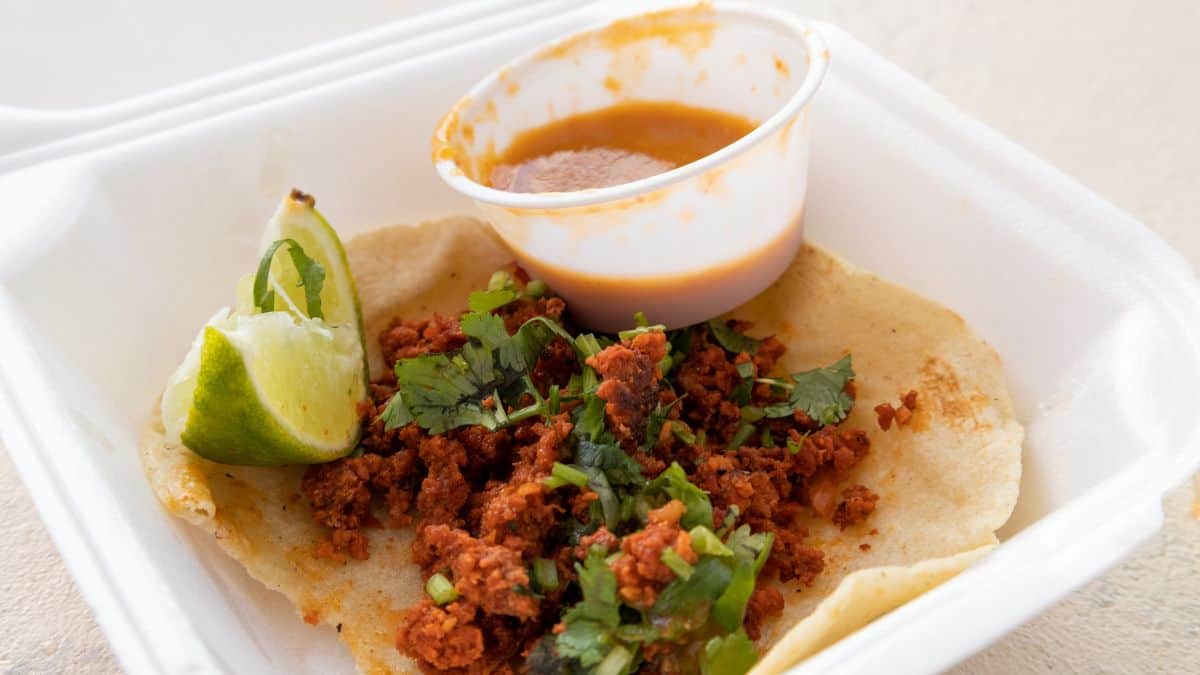
Styrofoam containers can melt in the microwave, potentially releasing hazardous chemicals and creating a mess. Instead, use a microwave-safe bowl or plate.






